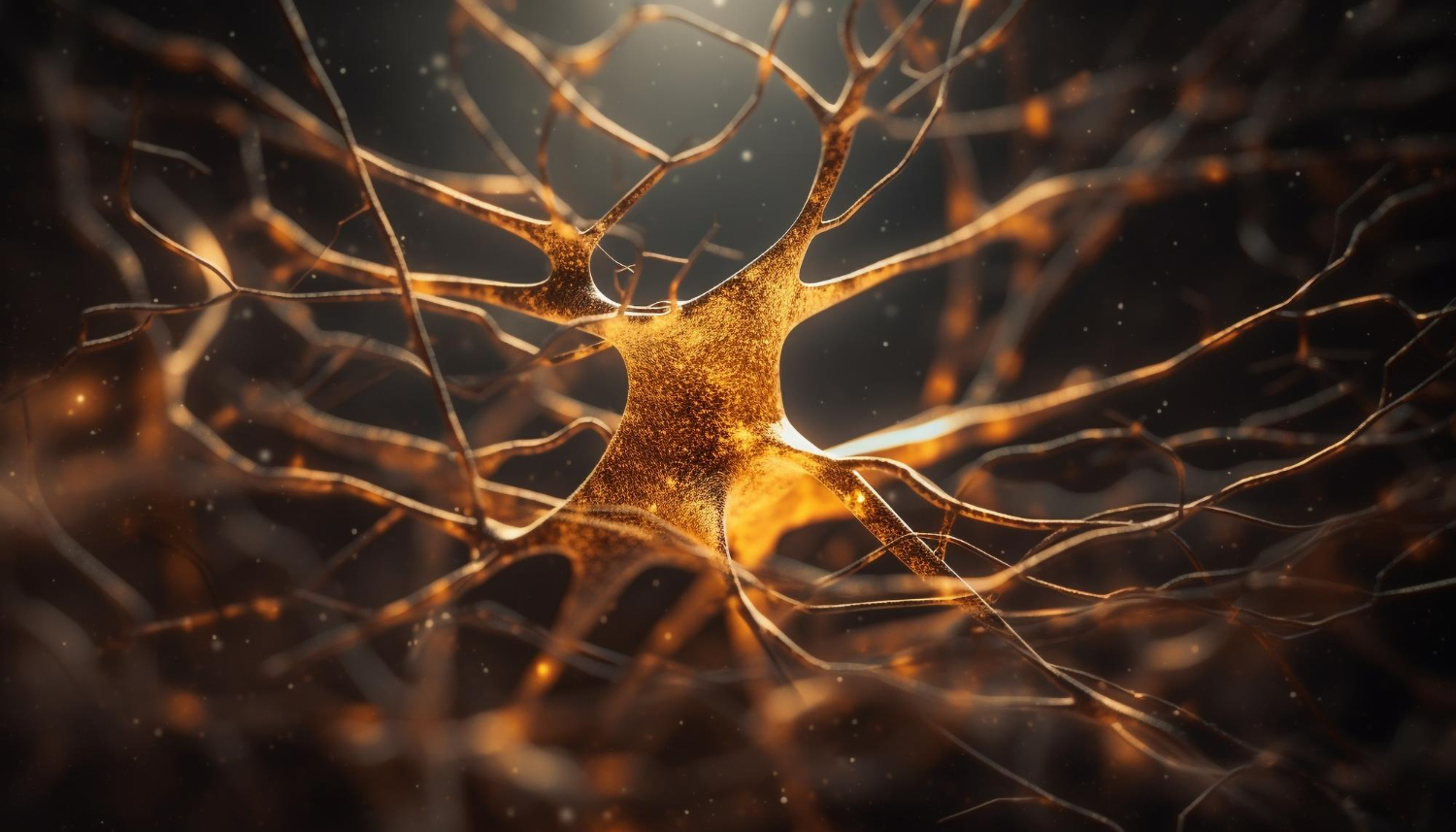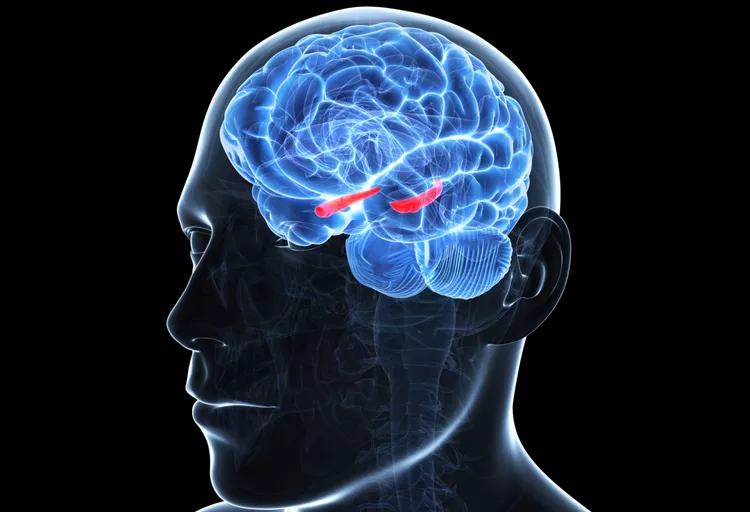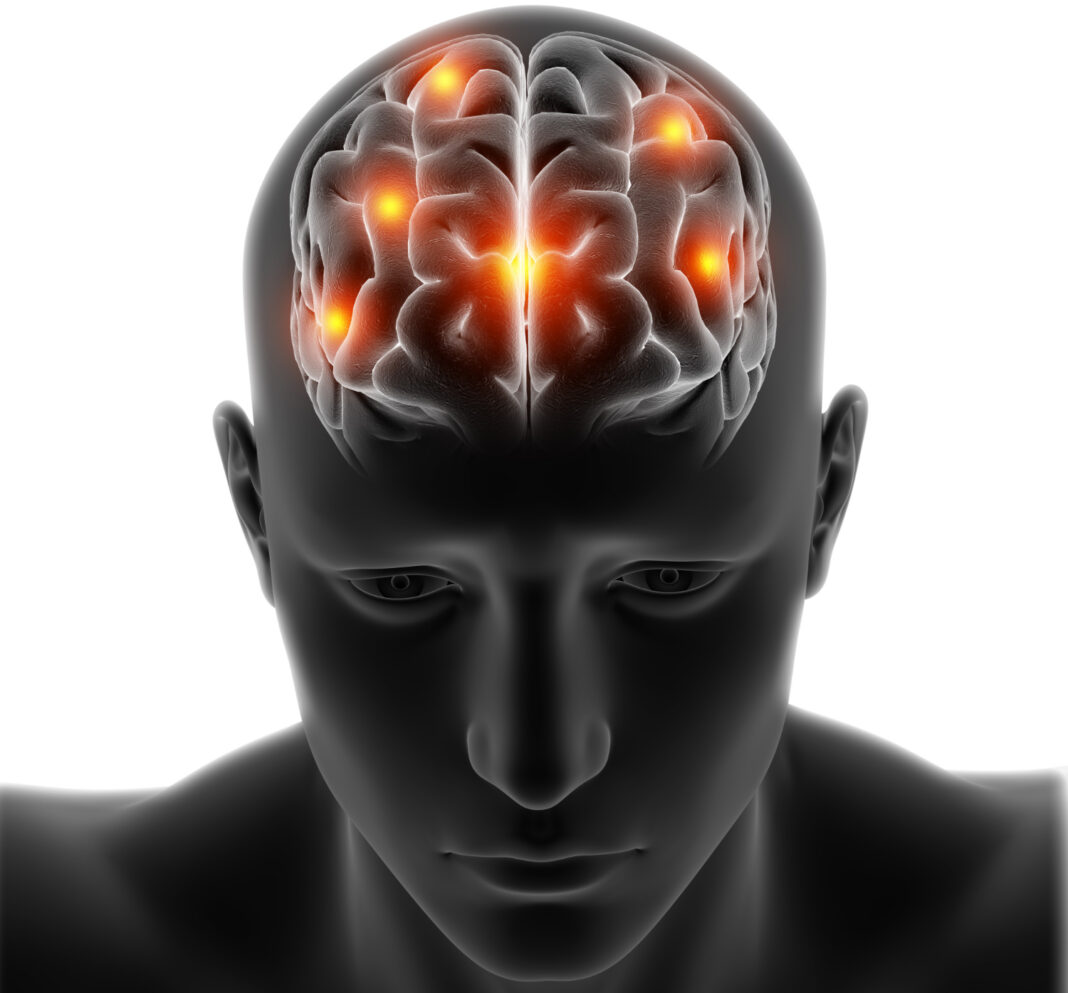For more than a century, that belief reigned over the field of neuroscience like gospel. Neurons, the core units of thinking, feeling, connecting, remembering, and coordinating, were considered one-time miracles. Born in the womb, matured in youth, and then fated to fade without replacement. While all other cells of the body had replication power to some extent, some more than others. Even the Kidney and liver had their own replication ability to some extent, the neurons were rendered undividable.
And yet, deep inside the hippocampus of an adult brain, a spark refused to go out. In July 2025, a team of researchers led by Jonas Frisén at Karolinska Institutet made headlines. They reported something long suspected but rarely proven. The adult human brain continues to produce new neurons, even into old age.
In a 2025 press release, Frisén’s team announced they had successfully pinpointed the origin cells responsible for neuron formation in adults, reinforcing the idea that neurogenesis continues in the hippocampus throughout life. While this wasn’t the first report of adult neurogenesis, it stood out as one of the most convincing yet.
The findings, published in Science, stemmed from work by Ionut Dumitru and collaborators across Sweden and Europe. Using cutting-edge RNA sequencing and machine learning, the researchers analyzed over 100,000 individual cells from post-mortem hippocampal tissue. Using transcriptomic analysis, the team identified 354 neural progenitor cells in adolescent and adult human hippocampus samples.
The cells were showing clear signatures of neurogenesis. This included 12 adolescent and 65 adult neural stem cells, 4 adolescent and 71 adult intermediate neural progenitors (INPs), and 202 adult neuroblasts. The data pointed toward something long believed impossible: dividing neural progenitor cells in the adult brain.
The Contested History of Growing New Brain Cells
The history of adult neurogenesis is filled with hope, denial, rediscovery, and relentless debate. In the early 20th century, the scientific world was ruled by a firm belief that the adult brain was incapable of producing new neurons. In 1913, neuroanatomist Santiago Ramón y Cajal famously proclaimed that adult neural circuits were fixed and unchangeable, stating that while everything else may perish, nothing in the adult brain could regenerate. And for decades, this “neuron doctrine” held the brain hostage.

Then came a seismic shift. In the 1960s, Joseph Altman observed what few believed possible: newly formed neurons in the adult rat brain. His work, followed by Fernando Nottebohm’s discoveries in songbirds during the 1980s, cracked the door open on the possibility that the adult brain wasn’t as inert as once thought.
The breakthrough into human territory arrived in 1998, when Peter Eriksson and colleagues examined postmortem brain tissue of cancer patients who had been administered BrdU (Bromodeoxyuridine). It showed newborn neurons in the dentate gyrus. Then, in 2013, Jonas Frisén’s lab used an unconventional but ingenious method, carbon-14 dating, a tool borrowed from nuclear fallout, to estimate that the adult human hippocampus adds around 700 new neurons per day.
The optimism was short-lived. In 2018, a major rebuttal hit the literature like a thunderclap. Shawn Sorrells and his team, after examining hippocampal samples across ages, found no evidence of neurogenesis in adults, not even in teenagers. Their conclusion was blunt. Neurogenesis, they argued, plummets after childhood and cannot be detected in the adult brain.
This bombshell reignited long-standing tensions. Was everyone else seeing ghosts? In the same year, the Transmitter magazine summarized the climate of uncertainty perfectly. Juan Arellan, a research scientist in neuroscience at Yale University, acknowledged the uncertainty, suggesting that while some cells may exist, their functional importance remains questionable.
Shawn Sorrells, assistant professor of neuroscience at the University of Pittsburgh, further asserted that even if adult neurogenesis exists, it is likely so infrequent that it has minimal significance. The controversy didn’t just cast doubt; it destabilized the entire research trajectory.
Fast forward to now, armed with single-nucleus RNA sequencing (snRNA-seq), machine learning, and multiplexed fluorescent in situ hybridization (FISH), researchers are finally starting to chart a clearer picture. In 2024, the team led by Marta Paterlini and Ionut Dumitru at Karolinska Institutet published one of the most comprehensive molecular maps of neurogenesis in the human brain.
By integrating transcriptomic data from humans, mice, pigs, and primates, they uncovered a “full trajectory” of neurogenesis-related cell types, including neural stem cells, intermediate progenitors, and neuroblasts, even in adult brains. The key shift? Rigor and resolution. As Marta Paterlini noted that identifying neurogenesis isn’t about a single marker; it’s about interpreting a constellation of molecular signatures.
Using multiple converging lines of evidence helps differentiate true neurons from glial cells or dead-cell debris, a major flaw in earlier studies. According to Evgenia Salta from the Netherlands Institute for Neuroscience, the recent findings may finally map the entire sequence of neurogenesis, including in adult humans for the first time. The ambiguity, it seems, is finally giving way to clarity.
A Division That Raises More Questions Than Answers
Even with mounting evidence, the reality of adult neurogenesis remains a paradox. The numbers are small. The cells are rare. Out of over 100,000 analyzed hippocampal cells, only 354 bore the molecular hallmarks of being part of the neurogenic lineage. That’s less than half a percent. And yet, those rare few could be rewriting everything we know about how the brain ages, adapts, and possibly heals.

But this revelation comes with a storm of unanswered questions. If these neural progenitors exist, what activates them? Do they functionally integrate into existing circuits, or are they simply biochemical relics of a developmental program now mostly dormant? What factors determine their survival and maturation? Could lifestyle, disease, trauma, or pharmacological agents influence their proliferation? And most importantly, does adult neurogenesis actually matter?
The skeptics argue that the numbers are too small to make any real impact. Supporters say even a tiny amount of new neurons, if targeted correctly, could be the difference between memory loss and memory retention, between recovery and decline. Then there’s the question of regional specificity: Why the hippocampus? Why not the cortex or cerebellum?
If the hippocampus retains this flicker of regenerative ability, is it a vestigial feature or a gateway to therapeutic strategies we’ve barely begun to imagine? Every new finding answers one question and raises ten more. But in science, that’s how revolutions start.
A Spark of Hope: What If the Brain Can Heal Itself?
Imagine a world where brain injury isn’t a life sentence. Where memory loss from aging or Alzheimer’s could be slowed, reversed, or even prevented. Where stroke recovery involves not just compensation, but regeneration. That’s the frontier adult neurogenesis opens.
Though limited, the confirmed presence of neurogenic activity in the adult brain cracks open a door long thought sealed shut. If we can harness this biological process, boost it, mimic it, and direct it, we might be able to design therapies for some of the most devastating neurological disorders.
In depression, studies have already linked reduced hippocampal neurogenesis with chronic stress and mood disorders. Some antidepressants are thought to work, in part, by stimulating neurogenesis. If we better understand this mechanism, we could develop faster-acting, more effective treatments.
In Alzheimer’s disease, where the hippocampus is one of the first casualties, reviving the birth of neurons might offer a way to delay or soften the cognitive blow. Could neural stem cells be preserved or reactivated before memory decline sets in? In traumatic brain injury or stroke, could artificially stimulating these progenitor populations lead to real structural repair? And beyond disease, the prospect of enhancing plasticity in the aging brain is electrifying. What if lifelong learning didn’t have to plateau? What if the “set in stone” adult brain was far more malleable than we’ve been led to believe?
As Frisén and Dumitru’s work gains traction, scientists are now racing to uncover the molecular signals, environmental cues, and epigenetic landscapes that govern neurogenesis. The dream isn’t just to observe it anymore. The dream is to control it. Because 354 cells may not sound like much, but if they can fire, connect, and remember, they just might be enough to reboot how we see the brain altogether.
Is it Hype or Hope?
Maybe it’s both. The idea that adult humans can grow new brain cells was once scientific heresy. Today, it’s cautious optimism backed by single-nucleus sequencing and fluorescent in situ hybridization. But while the data spark wonder, they don’t yet promise miracles. The truth lies in the tension between rarity and possibility.
Even if neurogenesis in adults is limited, its mere existence hints at untapped reservoirs of repair and resilience. Maybe we won’t regenerate memories tomorrow, but the map is finally forming. And that’s the first step toward turning speculation into science, and science into healing.
References
- Dumitru I, Paterlini M, Zamboni M, Ziegenhain C, Giatrellis S, Saghaleyni R, et al. Identification of proliferating neural progenitors in the adult human hippocampus. Science. 2025 Jul 3;389(6755):58–63. https://doi.org/10.1126/science.adu9575
- Hussain G, Akram R, Anwar H, Sajid F, Iman T, Han H, et al. Adult neurogenesis. Neural Regeneration Research [Internet]. 2024 Jan 1;19(1):6–15. https://www.ncbi.nlm.nih.gov/pmc/articles/PMC10479850/
- Lloreda CL. Machine learning spots neural progenitors in adult human brains. The Transmitter. 2025. https://doi.org/10.53053/ZGUP5881
- New research confirms that neurons form in the adult brain [Internet]. News.ki.se. 2025. https://news.ki.se/new-research-confirms-that-neurons-form-in-the-adult-brain
You might also like: Adult Fruit Fly Brain Mapped: A Giant Leap to Understand the Human Brain?

Maryam Zehra is a 3rd-year MBBS student at Jinnah Sindh Medical University and a former science writing intern at Scientia (Cohort 4). With a deep passion for neurology and a flair for creative communication, her goal is clear: to bridge neuroscience, storytelling, and creativity in ways that inspire, inform, and make complex medical ideas both engaging and accessible.

